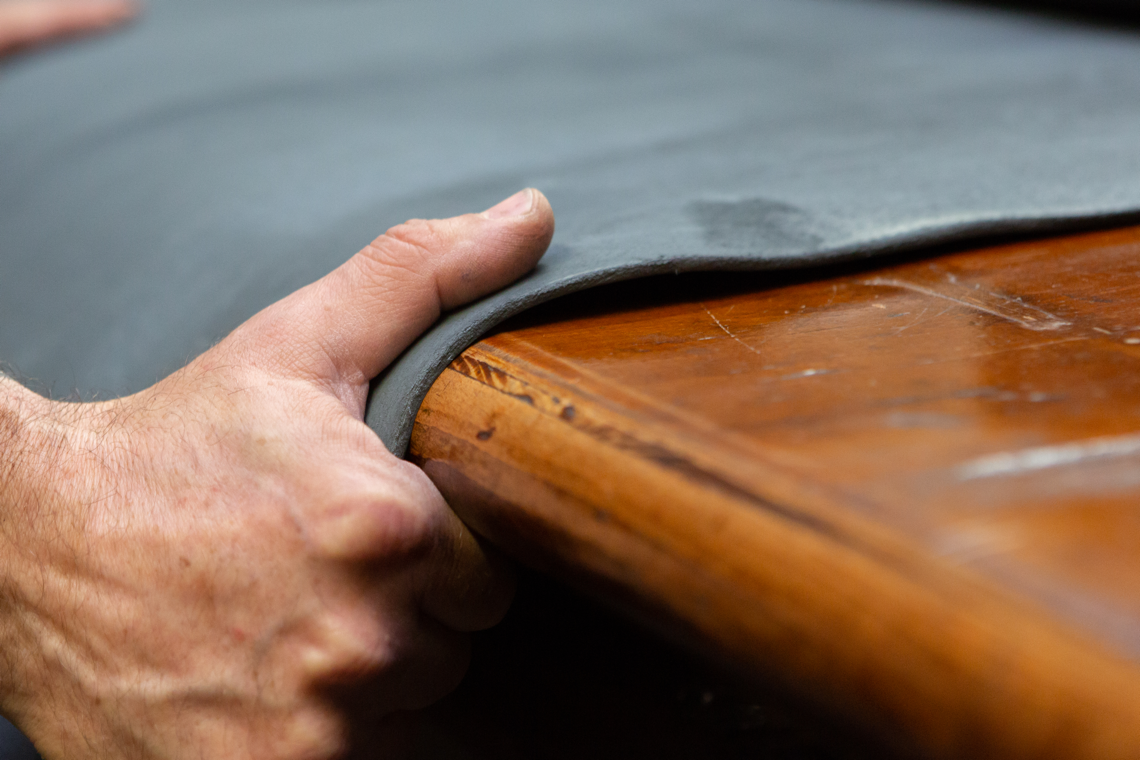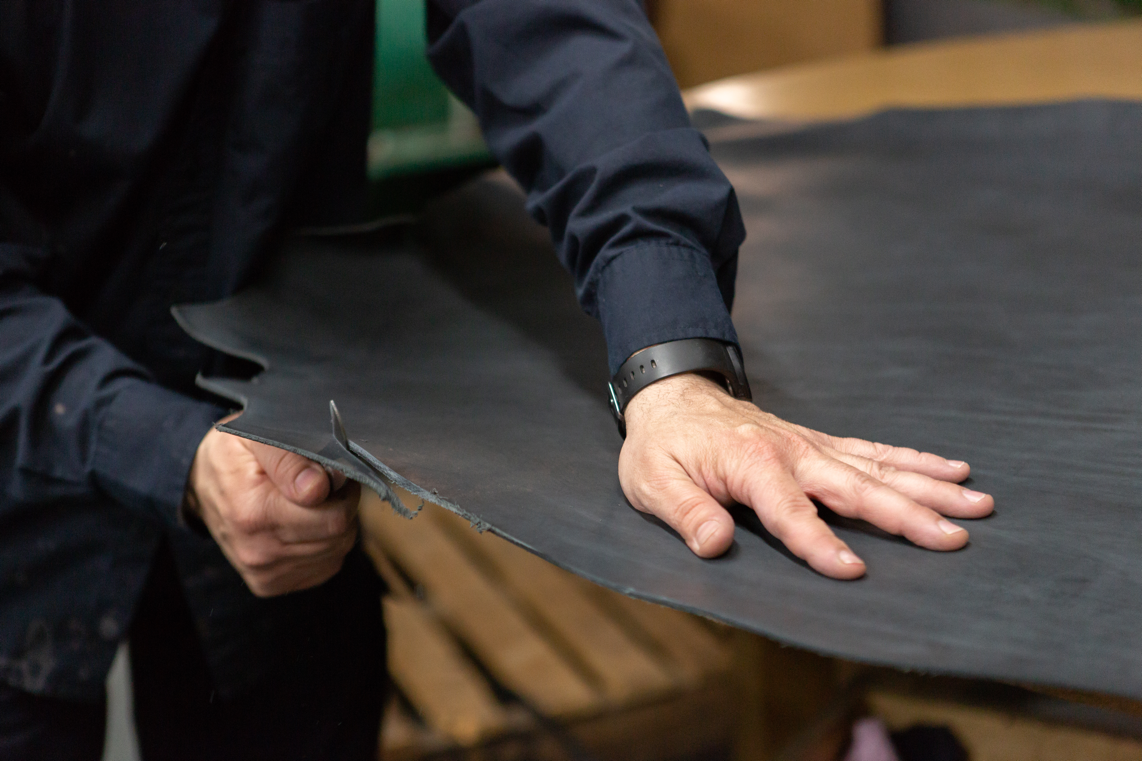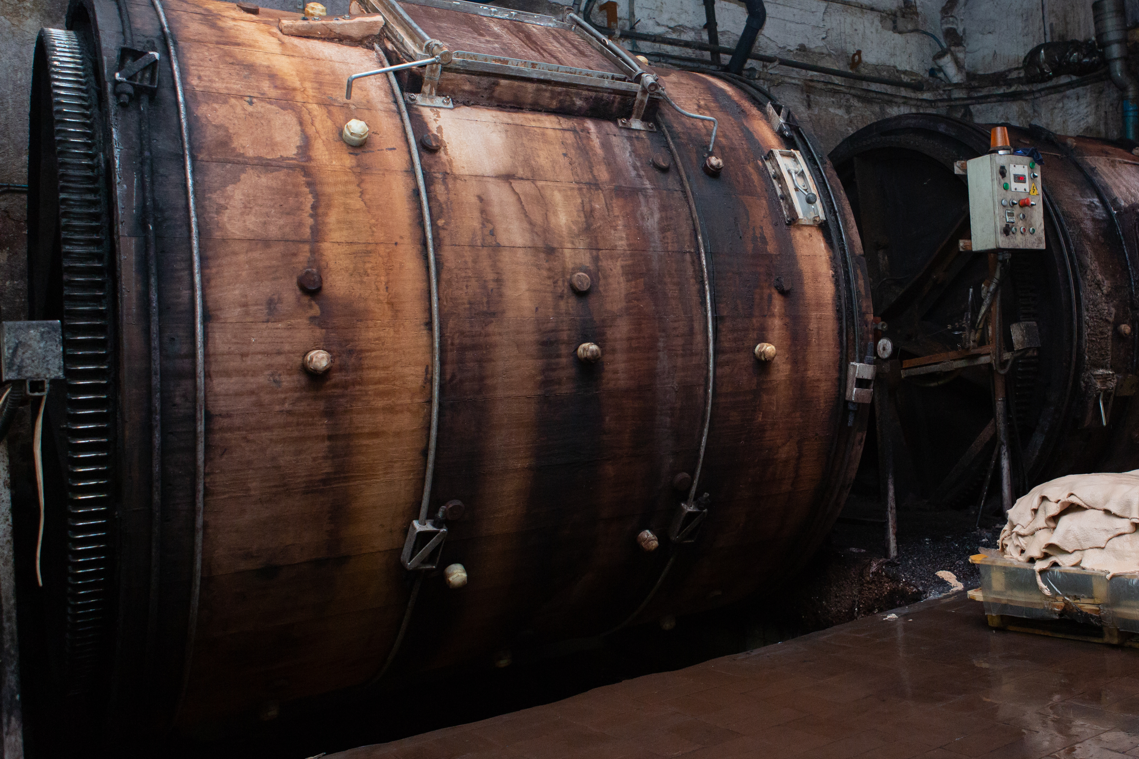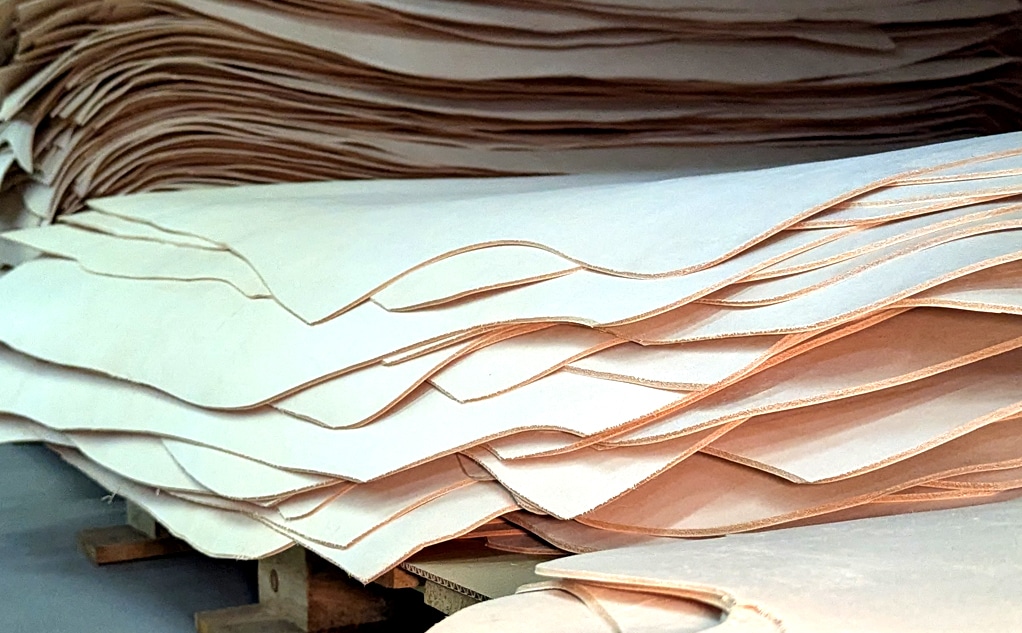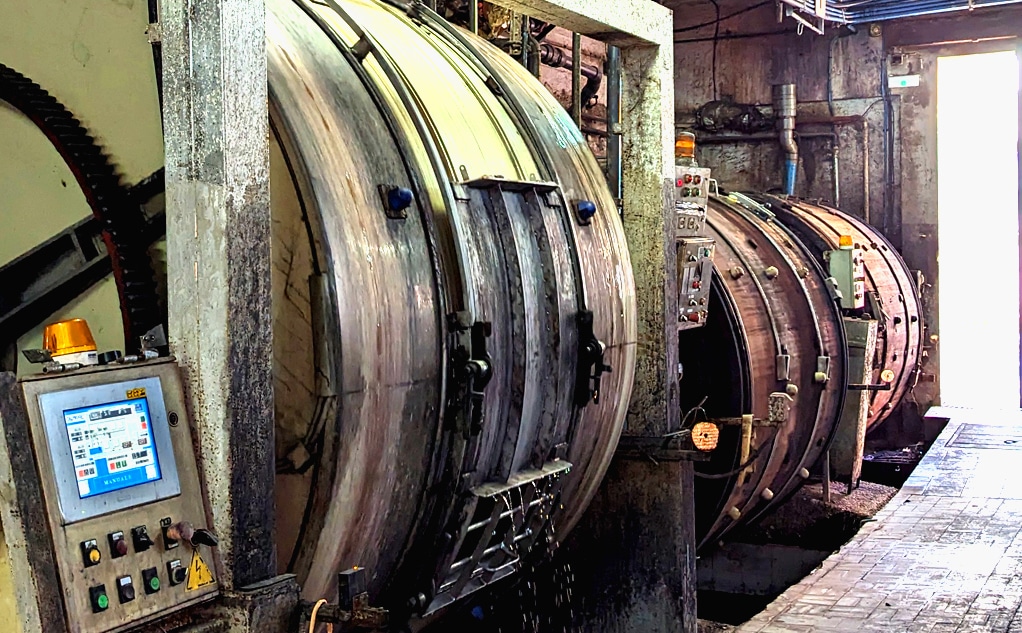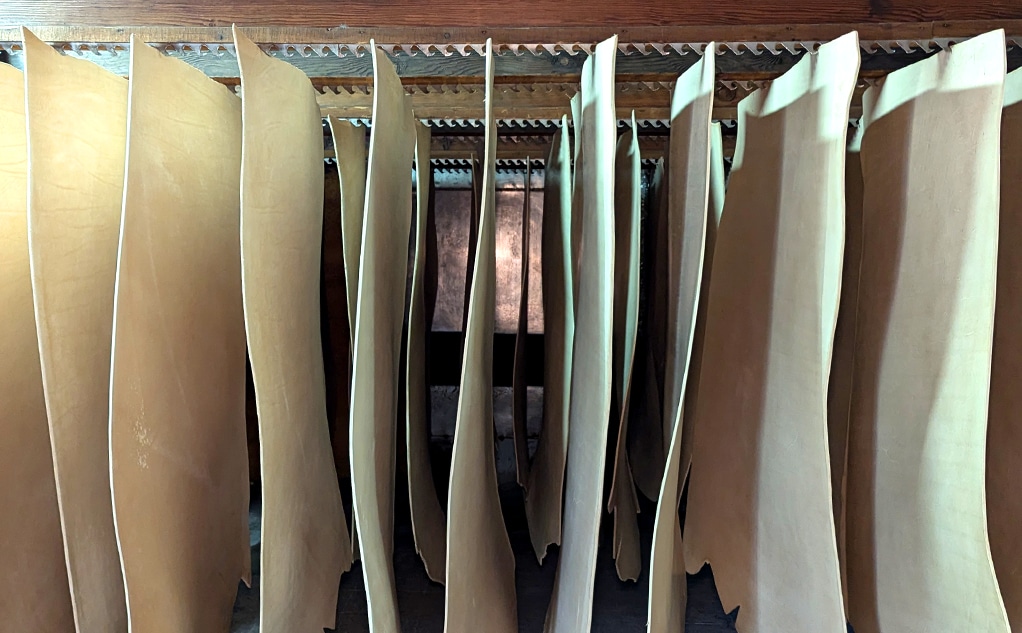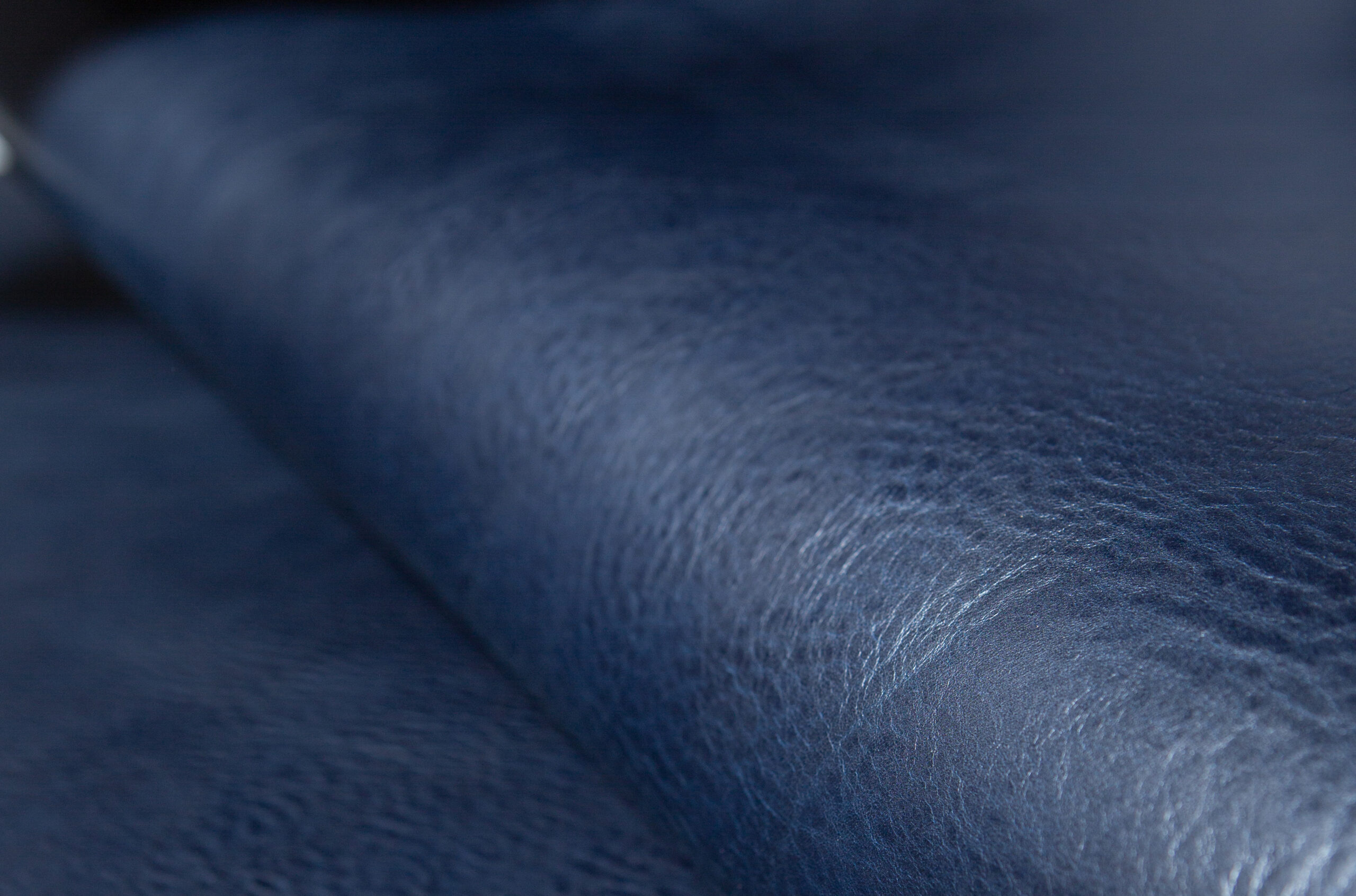
Ecology
A successful green and digital transition of the EU textiles, clothing, leather, and footwear industries
06 / 07 / 2022
Content published by: COTANCE
The European social partners of the textiles, clothing, leather, and footwear (TCLF) industries agree joint demands to ensure that the textiles ecosystem can become more resilient, sustainable, and digital as set out in the EU textiles strategy. This involves tackling strategic dependencies, appropriate funding, incentives and support to help the European TCLF sectors decarbonise their production and become more circular, and initiatives to ensure that workers have the right skills for the future.
Employers’ and workers’ representatives for the European TCLF sectors, CEC, Cotance, Euratex and industriAll Europe recently met with the European Commission to discuss how to ensure a successful green and digital transition of the EU Textiles Ecosystem. During the meeting, national and European social partners adopted a JOINT STATEMENT setting out clear demands for the TCLF sectors to become more resilient, sustainable, and digital.
The joint statement follows the European Commission’s EU strategy for sustainable and circular textiles and the launch of co-creation process towards a transition pathway for a more resilient, sustainable and digital textiles ecosystem (TCLF sectors). The transition pathway recognises the need to build a resilient textiles ecosystem, based on innovation and global competitiveness, noting that the European TCLF sectors face tough global competition, and that measures are needed to encourage sustainable production and consumption in Europe’s internal market.
The strategy aims to ensure that by 2030, the ecosystem’s products placed on the EU market are long-lived and recyclable, while the industry moves from a linear to a circular business model. Initiatives in the strategy include new design requirements for textiles and leather products under the Eco-design for Sustainable Products Initiative, clearer information on products and a Digital Product Passport, measures to tackle greenwashing, and action to discourage the destruction of unsold or returned articles.
As a response, the TCLF social partners have agreed on specific joint demands to ensure that the ecosystem can become more resilient, sustainable, and digital. These include decisive action by Member States and the EU to tackle strategic dependencies, appropriate funding, sound metrics, legal incentives and support to help the European TCLF sectors decarbonise their production and become more circular, and initiatives to ensure that workers have the right skills for the future.
Gustavo Gonzalez-Quijano, Secretary General of Cotance, said that “Leather is the best example of a circular economy product, as it is the result of recycling an unavoidable residue of meat production. In doing so, European tanners create wealth and jobs for an entire value chain! The “Green Transition”? It’s our DNA! And leather can and will become even more sustainable, but this needs to be done hand in hand with our regulators and stakeholders.”
The European TCLF social partners agreed to continue their good cooperation including during the co-creation process towards a transition pathway for a more resilient, sustainable and digital textiles ecosystem (TCLF sectors) noting the importance of quality sectoral social dialogue
You can read the original post HERE.



